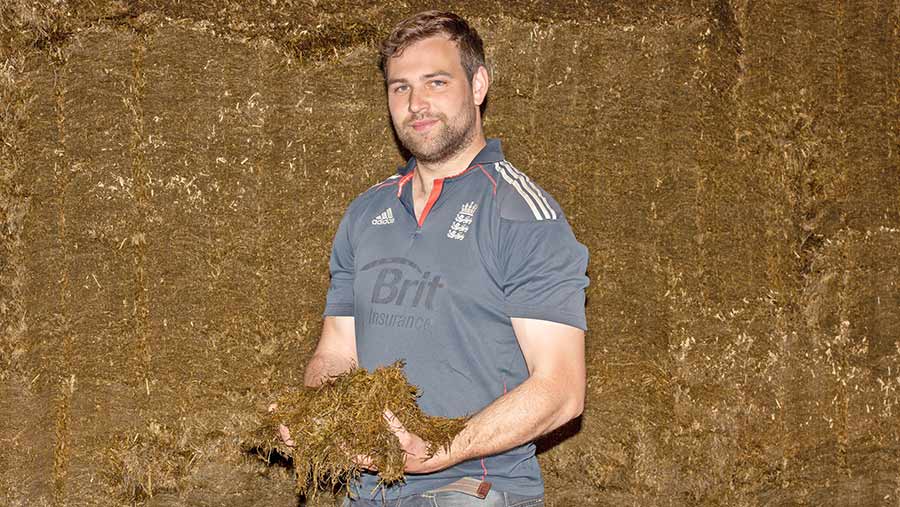Farmer Focus: Fourth-cut silage is driving milk production
 © John Eveson
© John Eveson This past month has been very busy for us here.
We started calving in earnest again after our two-week break over Christmas.
This means the calf shed is filling fast and have had a couple of bunches away to auction with trade being strong for calves.
The milking herd is really motoring now, with fourth-cut silage analysing at 19.9% protein.
The silage is driving milk production and there is some more wholecrop going into the diet too. We have lifted wholecrop inclusion from about 3kg per head/day to about 5kg.
See also: 4 common Johne’s mistakes and how to avoid them on dairy units
The cows are now averaging 34.9 litres/day with butterfat holding at 4%. The herd seems to be holding condition well and peaking nicely, with four of our heifers doing over 40 litres/day.
The snow at the beginning of February coincided with gathering our fell sheep. I don’t currently know how they performed but I will give results next time.
Generally speaking, the ewes are in good condition. I’ve got my fingers crossed for fewer empties than last year.
While the ewes are down and gathered, we will give them a fluke drench before the singles and empty ewes are turned back to the fell until a week prior to lambing.
In the mean time, they have high-energy blocks to keep them going through any rough weather.
The twin-bearing ewes will stay in-bye and clear out any grass left on the silage fields before going on to a sacrifice field to be fed silage and fodder beet. We have found this system works well if the ewes are in good condition when we scan.
I also spent a few days in Denmark on the Arla Next programme, where we met farming counterparts from across the whole business.
We took time to understand more about the inner workings of Arla Global and having a look around the innovation centre.
It was very interesting to hear the different challenges faced in each region within the business and how they deal with similar challenges to those we encounter here in the UK.
